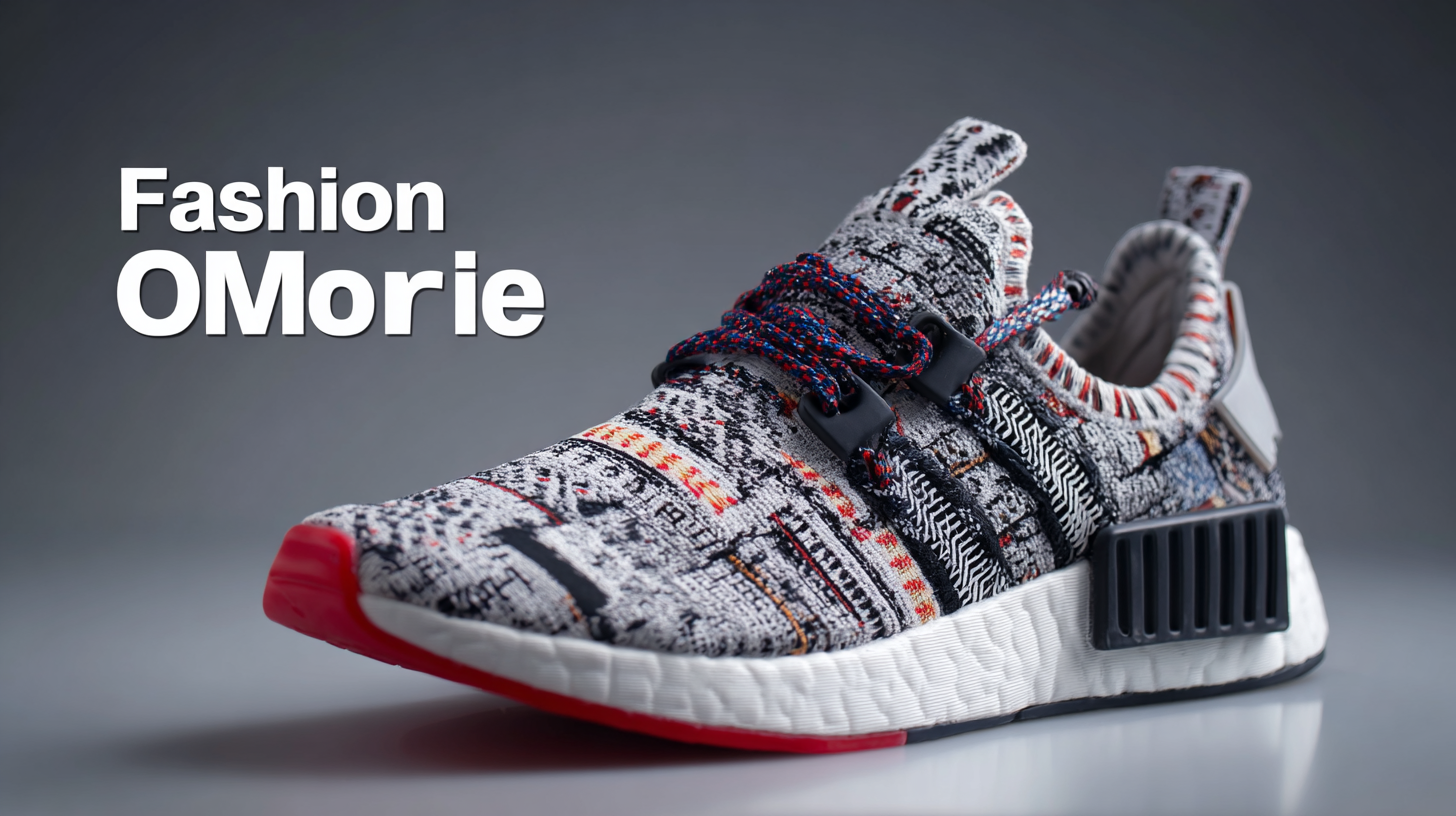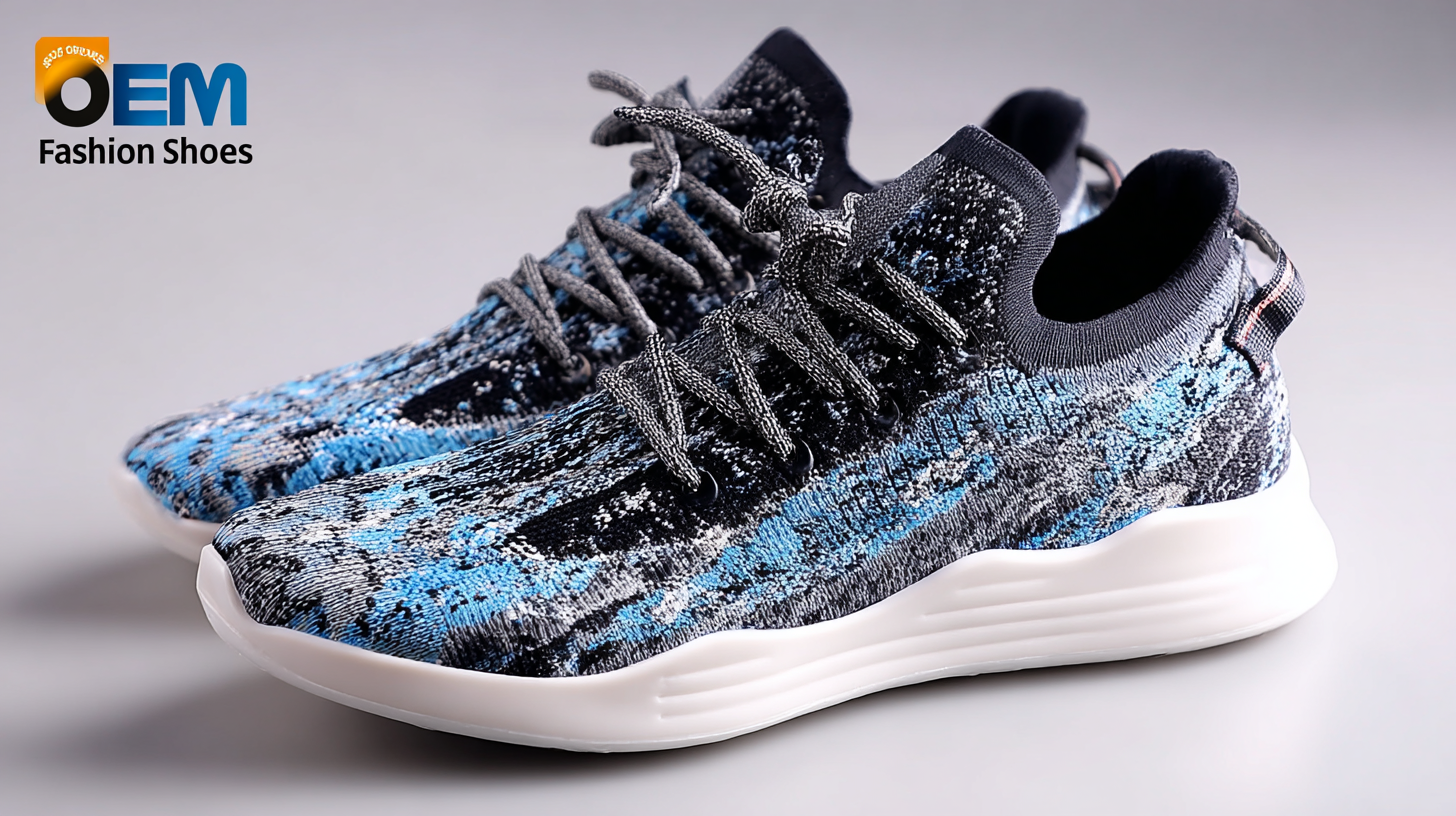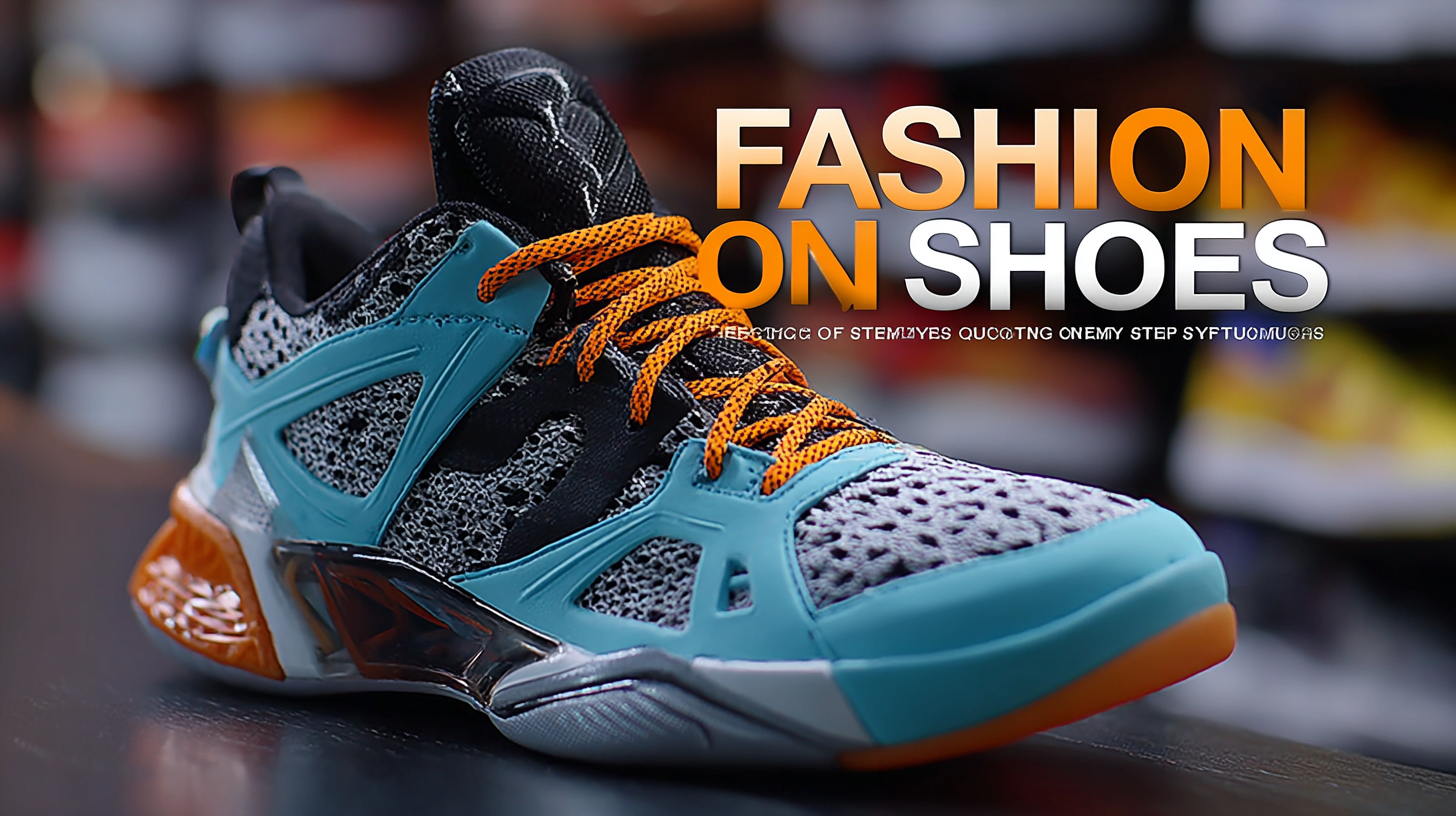
In the highly competitive landscape of the fashion sports shoes industry, sourcing high-quality OEM options has become essential for brand success. According to a recent report from Research and Markets, the global athletic footwear market is expected to reach approximately $100 billion by 2025, driven by increasing consumer demand for stylish and performance-oriented designs. The emphasis on quality and functionality has prompted manufacturers to prioritize not only the design but also after-sales service and maintenance costs, which play a crucial role in consumer satisfaction.
 By leveraging robust sourcing strategies for Fashion Sports Shoes OEM, brands can position themselves favorably in the market, ensuring they meet both aesthetic appeal and performance standards while minimizing long-term operational costs. The following sections will delve into effective strategies to optimize the sourcing process, highlighting how meticulous attention to after-sales and repair services can elevate brand loyalty and reduce overhead expenses.
By leveraging robust sourcing strategies for Fashion Sports Shoes OEM, brands can position themselves favorably in the market, ensuring they meet both aesthetic appeal and performance standards while minimizing long-term operational costs. The following sections will delve into effective strategies to optimize the sourcing process, highlighting how meticulous attention to after-sales and repair services can elevate brand loyalty and reduce overhead expenses.
In the competitive landscape of fashion sports shoes, understanding the importance of quality in OEM production is crucial for brands aiming to establish a strong market presence. A report by Research and Markets highlights that the global athletic footwear market is projected to reach $95.14 billion by 2025, primarily driven by rising consumer demand for high-quality and performance-oriented products. This indicates that not only is there a growing demand for fashionable sports shoes, but consumers are increasingly willing to invest in quality, making it essential for OEM providers to focus on superior materials and craftsmanship.
Moreover, quality directly affects brand reputation and customer loyalty. According to a survey conducted by Mintel, 60% of consumers prioritize quality over price when purchasing sports footwear, a trend that emphasizes the significance of sourcing high-quality OEM products. Ensuring rigorous quality control during the manufacturing process can drastically reduce the rate of returns and enhance customer satisfaction. With consumers becoming more discerning, brands must prioritize partnering with OEMs that understand and implement stringent quality standards, as this will not only lead to a superior product but also foster long-term customer relationships.
When sourcing high-quality OEM fashion sports shoes, identifying reliable suppliers is crucial. Key questions can help ensure that partnerships are both productive and secure. According to a 2022 report by Market Research Future, the global sports footwear market is expected to reach $102.2 billion by 2025, underscoring the importance of partnering with trustworthy suppliers who can keep pace with this growth.
 One essential question to pose is, "What certifications do you hold?" Certifications, such as ISO 9001, indicate that a supplier adheres to international quality management standards. Furthermore, it’s important to inquire about their production capabilities. A study from Grand View Research revealed that 65% of consumers consider quality over price when purchasing footwear, highlighting the necessity for suppliers to maintain high manufacturing standards. Engaging suppliers in discussions about their quality control processes can significantly impact product output and consumer satisfaction.
One essential question to pose is, "What certifications do you hold?" Certifications, such as ISO 9001, indicate that a supplier adheres to international quality management standards. Furthermore, it’s important to inquire about their production capabilities. A study from Grand View Research revealed that 65% of consumers consider quality over price when purchasing footwear, highlighting the necessity for suppliers to maintain high manufacturing standards. Engaging suppliers in discussions about their quality control processes can significantly impact product output and consumer satisfaction.
Lastly, understanding the supplier's lead times and flexibility is critical. A survey by Deloitte showed that 44% of companies face supply chain disruptions, making it essential to ask about contingency plans should delays occur. By targeting these strategic questions, businesses can better navigate the complexities of sourcing OEM fashion sports shoes, ensuring they choose suppliers who are both reliable and responsive to market demands.
When sourcing high-quality OEM fashion sports shoes, one of the most critical factors to consider is the evaluation of materials and production standards. The choice of materials not only affects the durability and performance of the shoes but also impacts their overall aesthetic appeal. For optimal performance, manufacturers should prioritize high-grade synthetic fabrics, breathable mesh, and lightweight yet robust soles. These materials not only enhance comfort and flexibility but also contribute to better traction and shock absorption, catering to the varied needs of athletes and casual wearers alike.
In addition to materials, production standards play a vital role in ensuring the final product meets the desired quality benchmarks. Manufacturers should adhere to international quality management systems, such as ISO certifications, to guarantee that all processes—from cutting and stitching to finishing—are up to par. Regular quality checks throughout the production cycle can help identify and rectify any issues early on, ensuring the final product not only meets but exceeds consumer expectations. By focusing on these crucial aspects, brands can successfully source OEM sports shoes that deliver both performance and style.
| Material Type | Performance Standard | Durability Rating | Sustainability Score | Average Cost per Pair |
|---|---|---|---|---|
| Mesh Fabric | Breathability & Flexibility | 8/10 | 70% | $45 |
| Synthetic Leather | Water Resistance | 7/10 | 60% | $55 |
| Rubber Outsole | Traction & Grip | 9/10 | 80% | $60 |
| EVA Foam | Cushioning | 8/10 | 75% | $40 |
| Knitted Fabric | Lightweight & Stretchable | 9/10 | 65% | $50 |
As the demand for fashionable sports footwear continues to surge, understanding design versatility becomes paramount. According to a recent report by Grand View Research, the global athletic footwear market was valued at approximately $81 billion in 2022 and is projected to grow at a compound annual growth rate (CAGR) of 6.6% from 2023 to 2030. This growth underscores the significance of incorporating versatile design elements that cater to a diverse consumer base, merging both performance and style.
Trends indicate that consumers are increasingly favoring footwear that seamlessly transitions from athletic use to everyday wear. This shift is reflected in the rise of hybrid designs, with brands like Nike and Adidas leading the way. A study by NPD Group highlighted that 60% of consumers prioritize comfort and style equally when choosing sports shoes, emphasizing the need for manufacturers to innovate continuously. In an industry where 54% of consumers state that they are influenced by current fashion trends, adapting to evolving design preferences is crucial for OEMs aiming to stay competitive in the market.
Effective communication is a cornerstone of establishing fruitful long-term partnerships in the OEM fashion sports shoe industry. According to a report by the International Trade Centre, 65% of businesses in the footwear sector cite communication barriers as a significant hurdle in their supplier relationships. To mitigate this, brands should invest in multilingual teams and utilize digital platforms like Slack and Zoom to facilitate real-time conversations, ensuring transparency and swift resolution of issues.

In addition to linguistic considerations, leveraging data analytics can significantly enhance communication strategies. A recent research study by McKinsey found that companies utilizing data-driven approaches to track supplier performance achieved a 20% improvement in product quality over their peers. By sharing performance metrics and customer feedback with OEM partners, brands can foster a culture of continuous improvement, reinforcing trust and collaboration. This proactive communication strategy not only aligns expectations but also empowers both parties to innovate and adapt to ever-changing market demands, ultimately resulting in superior quality products tailored to consumer preferences.
